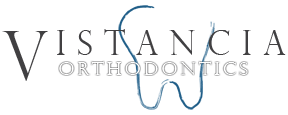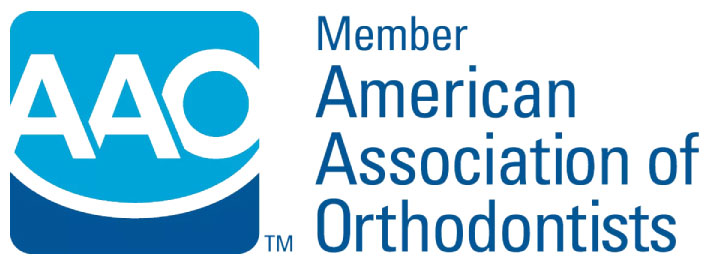Sleep Apnea Treatment Options
If you have sleep apnea, your treatment plan depends on the results of your examination, x-rays and a sleep study. One or more of the treatment options listed may be part of your plan.
Lifestyle Changes
• Sleeping on your side
• Losing excess weight
• Avoiding alcohol 3 – 4 hours before bedtime
• Speak to your doctor about avoiding certain medications that worsen sleep apnea
• If you have allergies or sinus problems, speak to your doctor about relief for blocked nasal passages
Surgery
In certain people, airway obstructions may be caused by tonsils or other structures in the throat. These blockages can be treated with surgery to widen the airway by removing or shrinking excess tissue. Additionally, an ENT specialist may surgically correct a nasal problem that contributes to sleep apnea. These are both minimally invasive procedures as well as more complex surgery, including jaw advancement.
CPAP
As the name implies, the effectiveness of CPAP is due to Continuous Positive Airway Pressure being blown into the back of the throat to keep the airway open. With CPAP, you wear a mask over your nose that is connected to a small blower. The continuous air pressure moves relaxed tissues aside so you can breathe better.
Oral Appliance Therapy (OAT)
Oral appliances that treat snoring and sleep apnea are small devices that are worn in the mouth during sleep. They are similar to a sports mouth guard or orthodontic appliance and completely non-invasive and non-pharmacological (doesn’t use medication). They are painless and convenient to use.
Oral Appliances work in several ways:
• Repositioning the lower jaw, tongue, soft palate and uvula
• Stabilizing the lower jaw and tongue
• Increasing the muscle tone of the tongue
By preventing the collapse of the tongue and soft tissues in the back of the throat, oral appliances keep the airway open during sleep and promote adequate air intake. This concept is based on a principle that has been around for decades. It is the same reason someone performing emergency CPR moves the lower jaw forward to clear the airway.

Oral Appliances are best suited for mild to moderate obstructive sleep apnea, but are also indicated for severe cases when:
• A patient cannon wear, or refuses to wear CPAP
• A patient refuses treatment or is not a candidate for surgical treatments
• A combination of Oral Appliance and another treatment is the best therapy
• The patient is unable to travel with a CPAP but would like the option of traveling with an Oral Appliance
Advantages of Oral Appliance Therapy
• Oral appliances are comfortable and easy to wear. Most people find it only takes a couple of weeks to become acclimated to wearing the appliance
• Oral appliances are small and convenient making them easy to carry when traveling
• Treatment with oral appliances is reversible and non-invasive
Combination Therapy
Patients who successfully use the CPAP are finding that combination therapy, using an Oral Appliance with the CPAP, offers several benefits. The oral appliance can replace a chin strap to keep the mouth from falling open during sleep. This prevents air from blowing into the nose and out through the mouth. With the jaw in the proper position, the CPAP pressure may be reduced and a smaller, more comfortable mask may be used. The appliance also keeps the lower jaw in a down and forward position where the chin strap tends to pull it up and back – the opposite of what keeps the airway open.
Herbst Appliance
They are really effective for controlling mild-moderate sleep apnea or CPAP intolerant severe patients. For some severe patients, a combination therapy of a CPAP/oral appliance can be the ideal solution to treat the apnea and reduce the pressure required from the CPAP to control the sleep apnea. Oral appliances can also be made for patients with partials, dentures, or missing teeth.




